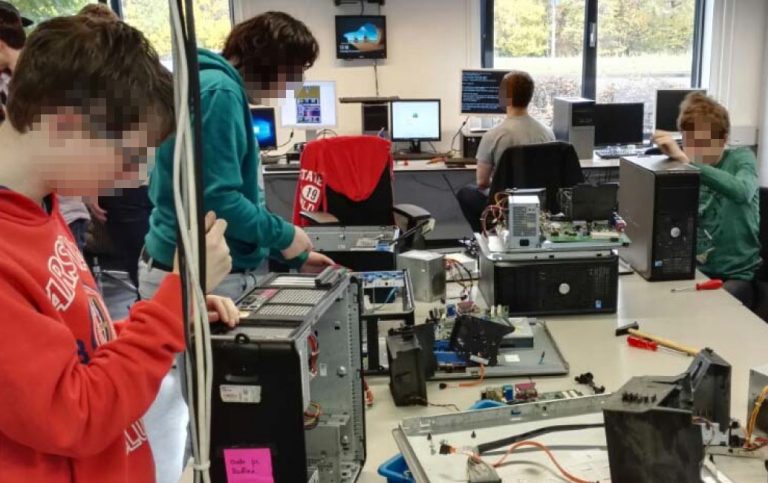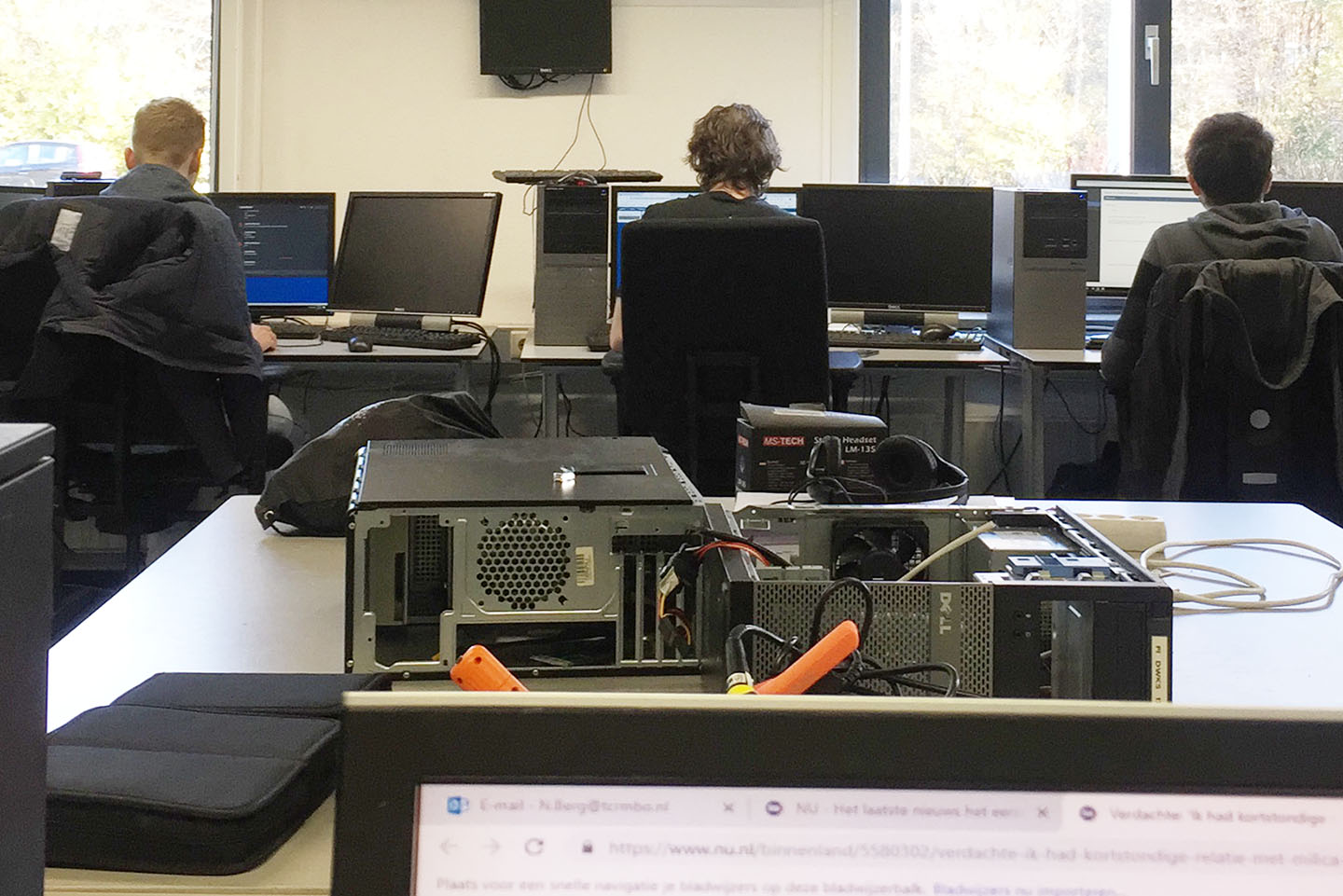Linux and empowerment go together for non-neurotypical

An impressive achievement was reported to Linux Professional Institute (LPI) this past June: all 12 students in the computer program at the Structuurklas Project, in Rotterdam, the Netherlands, had taken the Linux Essentials exam and passed. Even more impressive: the Structuurklas Project has offered this exam every year for the past three years, and all except one student has passed it. Some of the more proficient students also took the LPIC-1 exam.
Oh, one more thing: the Structuurklas Project serves exclusively students diagnosed with autism.
This news offers us a number of encouraging lessons: the achievement potential of diverse populations who don’t thrive in conventional institutions, the employment opportunities provided by computing to those who don’t easily fit in, and the inspiration that Linux and free/open source software offer to bold individuals willing to explore. We’ll explore all these in this article, after a bit of background.
First, autism is extremely prevalent, and few educational institutions know how to deal effectively with the people who live with it. We now know that autism displays itself in many different ways, and that it can be associated with severe developmental problems as well as academic excellence and amazing achievements. (As just one example, climate leader Greta Thunberg, who identifies as autistic, re-energized the global movement for preserving our climate at age 15.) Although our understanding of autism and other “non-neurotypical” mental states has gotten more sophisticated, the fact remains that thousands of people with autism–even in a sophisticated and educationally advanced country such as the Netherlands–can’t succeed in standard schools.
This is where the Structuurklas Project comes in. It’s part of a network of schools in the Netherlands that serve people from the ages of about 17 through 21. These schools sit between secondary schools and colleges. In official terminology, the schools cover levels 1 through 4. Graduates of the schools enter the workforce in some 700 professions ranging from baking or car repair to network administration. Some go on to level 5, which is the start of a university education.
The 24 students who attend the Structuurklas Project each year are all diagnosed with autism, and were failing or unable to get the support they needed in conventional schools. The Structuurklas Project focuses on finding out what each student needs and making sure they can understand what is expected of them. During their first year, they meet for about six hours a week with social workers.
It’s hard for neurotypical people to realize how much we depend, in every interaction, on implicit understandings that we convey through ambiguous statements, hand gestures, and so on. A lot of the support that helps people with autism succeed involves making these implicit communications more explicit. In addition, a school can enlist the students’ innate love of taking things apart and looking inside. The managers’ attitude is: if a student isn’t learning, the fault lies with the school.
The gender and racial diversity at the school matches those of the Netherlands, with fewer girls than boys because girls get diagnosed with autism much less often.

To give each student intense guidance and attention, the Structuurklas Project keeps class sizes down to 12 students. In the computer sciences classes that have aced the Linux Essentials exam, students are thrown into difficult tasks from day one. They start with a working Microsoft Windows computer–with which most are familiar–but are told to assemble a second computer from components and install the GNU/Linux operating system on it. They go on to learn the wonders of the Bash command line, C programming, and networking. The latter is particularly popular among students, which is fortunate, because the prevalence of data centers–particularly in the Netherlands–makes networking a lucrative profession.
Who put together this intrepid educational program? Nico Berg, the docent of ICT at the Structuurklas Project and now 59 years old, is a fascinating case study of his own. I had a chance to speak to him for this article.
Although he ran a pet shop for seven years, Berg always had a keen interest in computing, and particularly in GNU/Linux. This right away tells us something about the inspiring power of free software, and of GNU/Linux in particular. Inquisitive people gravitate toward these technologies, because there is so much they can learn with just their own imagination and determination.
Berg was also a professional educator for a long time, getting a four-year teacher’s degree and teaching social studies.
When regulatory changes forced Berg to close his pet shop, he came into the orbit of the Structuurklas Project and learned, at age 54, that he himself has a diagnosis of autism. Asked to set up their computer program, he knew he would be teaching Linux. In addition to setting up the hands-on challenges for his students, he puts together learning materials from material that is freely available on the Internet.
The change from Windows to Linux meets resistance from many students, who tend not to like change of any sort. But they come to love Linux. They delve into the hidden riches of the command-line tools, appreciating that not everything is handed to them in a simple graphical, menu-based interface.
They also form collegial bonds and help each other meet the educational challenges that the program threw at them. Berg estimates that 20% of his students don’t start out liking computers; they chose his course because they couldn’t find anything else they could do. And yet, with all the students working to help each other, the course achieved near-100% success. Most graduates who entered the workforce are successful there. Every single one who applied to college was accepted.
When Berg instituted his Linux-based program three years ago, an administrator contacted the Central European office of LPI and asked if they could quickly arrange for exams to be offered at the school. Aida Rosenthal in that office worked nearly 24/7 with the administrator to set up the partnership. The final paperwork went through the day before the first exams were held.
What’s next? The government of the Netherlands has recently cast a new spotlight on Linux as a crucial technology. Thanks to the importance of networked, embedded devices, also known as the Internet of Things or IoT, the government recognizes that Linux is commonly used in that setting and declared last year that all computer students must learn Linux along with some other free software technologies such as Apache, PHP, and WordPress.
Perhaps all the technical schools in the Netherlands will be offering LPI exams in a year or two!
